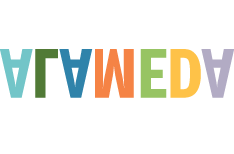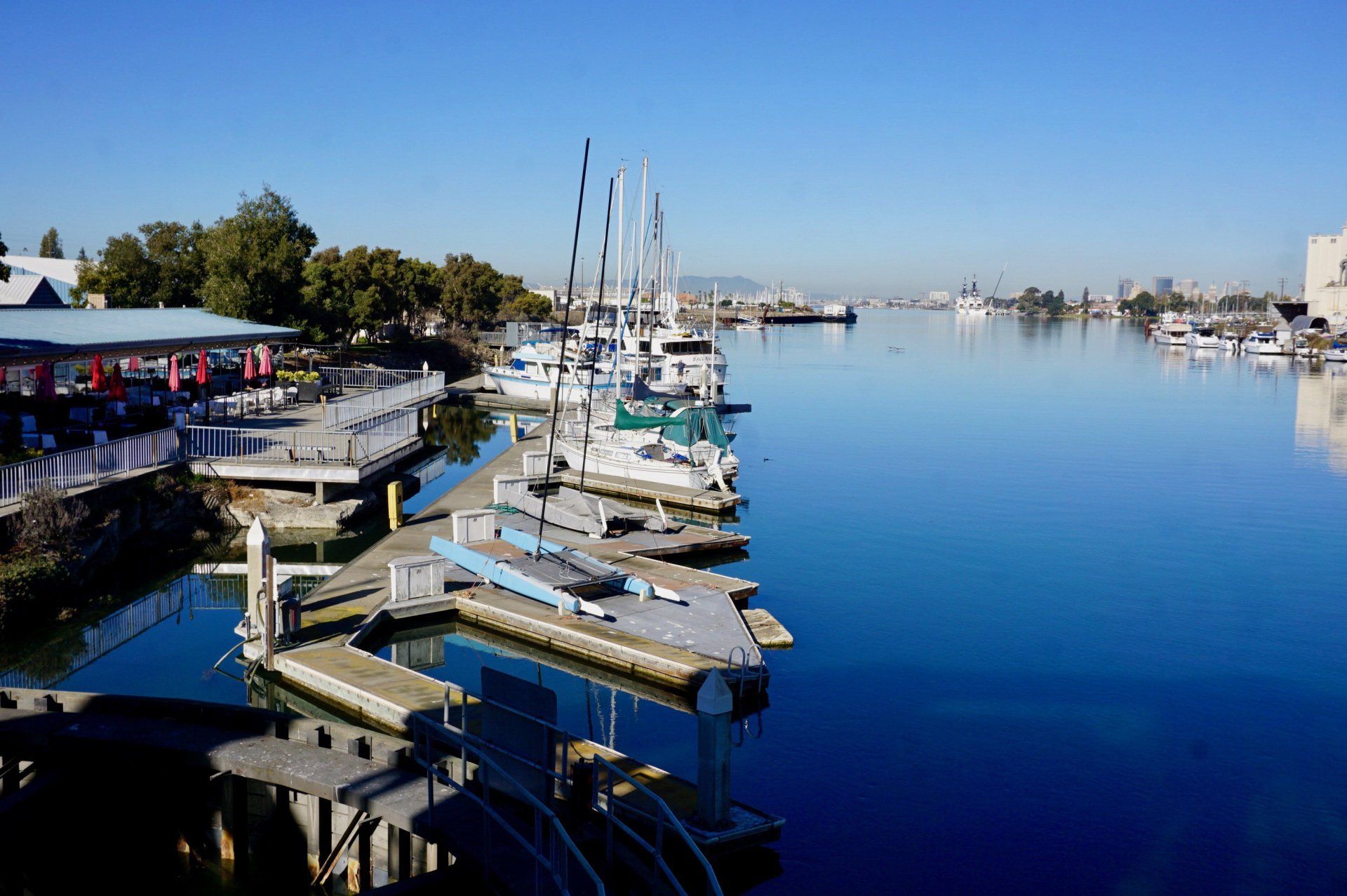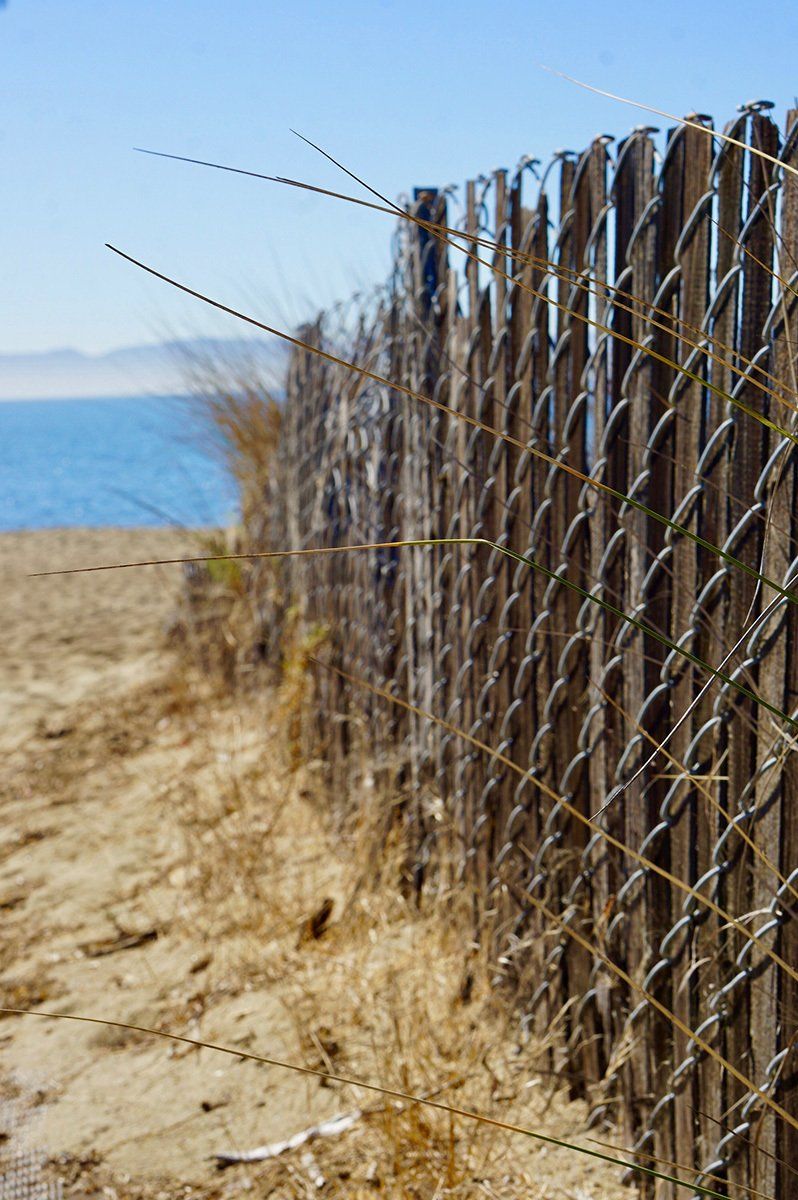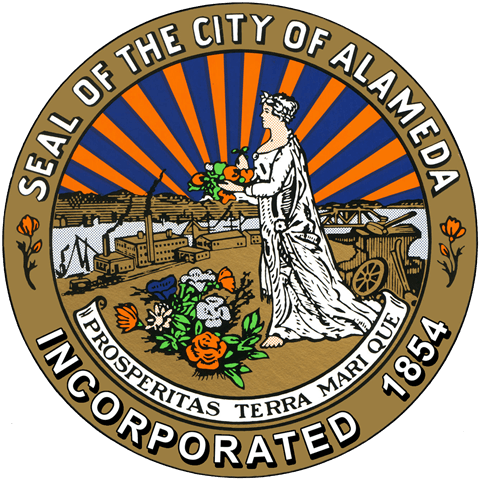LET'S GET DOWN TO BRASS TACKS
What is the General Plan and why update it now?
The General Plan is a statement of goals, objectives, policies and actions that describe the community’s priorities for the next 20 years. California State law requires that every city adopt and maintain an up to date, internally consistent general plan. The City Council adopted the Alameda General Plan 2040 on November 30, 2021. The Housing Element 2022 update is currently under review. The General Plan addresses climate change, affordable housing, equity and inclusiveness, safe streets, open space and park funding priorities, and disaster preparation.
WHAT ARE WE PLANNING FOR?
Located at the center of a growing and evolving San Francisco Bay Area, Alameda’s next 20 years will be a period of change.
















